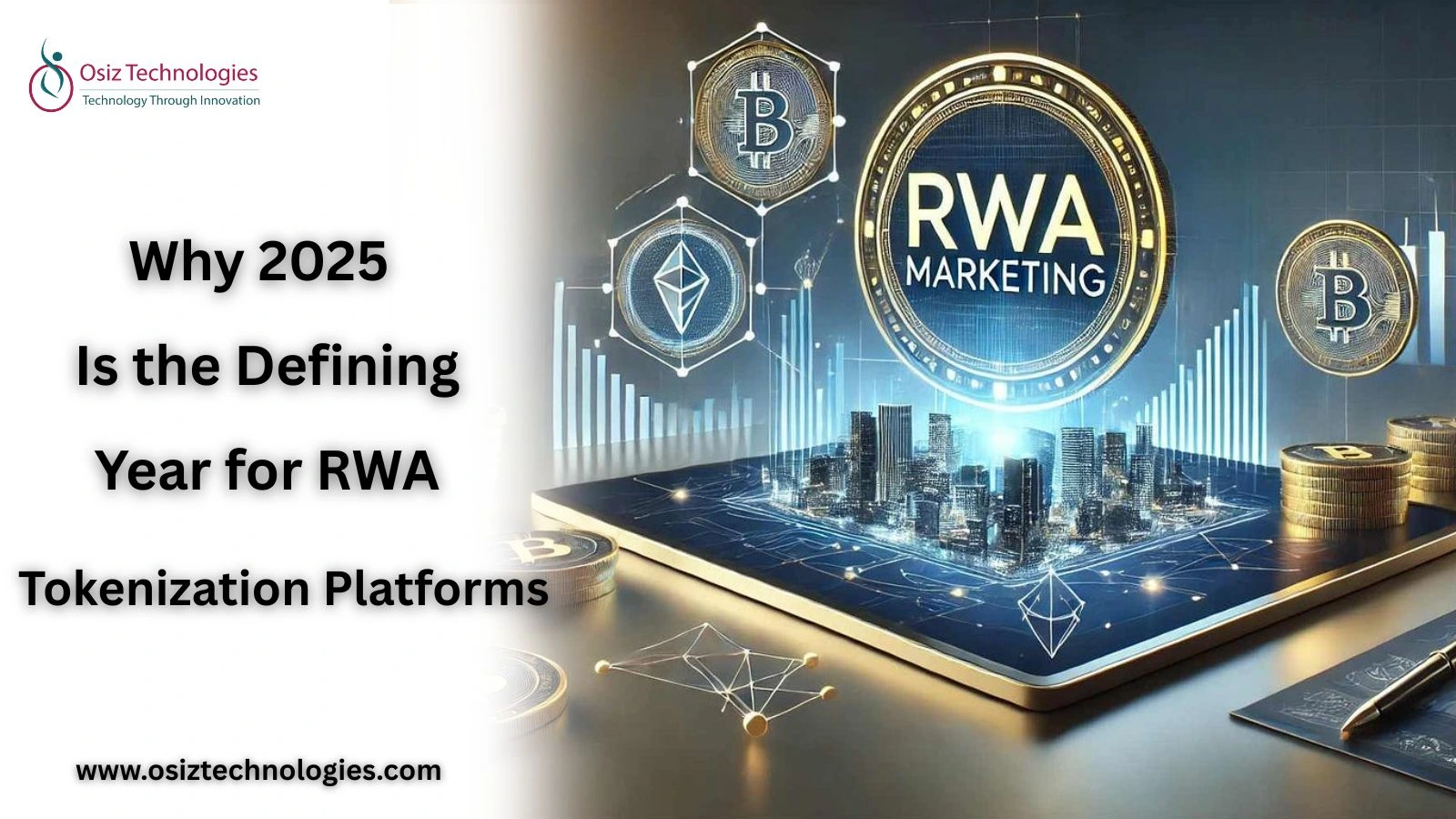Two technology pioneers in the digital revolution—Blockchain and the Internet of Things (IoT) merge to change our lives. Hence, embedding Blockchain into IoT will help transform urban milieus into smart and green ecosystems. It would, hence, provide real key data regarding management in respect of traffic, energy consumption, and air quality, hence leading to more intelligent and efficient cities. This blog post is aimed at discovering how putting Blockchain and IoT together can bring new strength to smart city development.
Blockchain and IoT: A Game-Changing Combination
Blockchain and IoT are innovative technologies that may probably help reinvent the world. IoT creates a network of interconnected devices, all exchanging data, and Blockchain provides a secure, decentralized ledger where all this information will be kept. Therefore, in a smart city, these convergent technologies can help resolve major challenges associated with data security, transparency, and interoperability.
Blockchain and IoT: Real-World Applications in Smart Cities (Examples)
1. Supply Chain Management
Overview:
The integration of blockchain and IoT is thus going to revolutionize supply chain management, given the effectiveness and efficiency in tracking and managing goods that it offers. This is because IoT devices, embedded with sensors, can track locations, conditions, and the movement of products in real-time. This information gets stored on a blockchain and forms an immutable, transparent ledger from which the involved parties can draw data.
Applications:
Tracking and Traceability: It delivers real-time information about origin, authenticity, and trip.
Fraud Prevention: This reduces the likelihood of counterfeit product occurrence and enhances quality control. Recall Efficiency: Facilitates faster and efficient recalls.
Example:
Walmart and IBM's project for tracing food products from suppliers' places to store shelves using blockchain technology.
2. Smart Homes and Buildings
Overview:
This integration of blockchain and IoT helps enhance security, privacy, and automation in smart homes and buildings. The data gathered by the IoT devices has something to do with access, occupancy, and the environment. All this information gets recorded into a blockchain, securing it as an immutable transaction record.
Applications:
Security and Access Control: It securely keeps logs of every access and monitors them.
Energy Management: It keeps a record of energy usage and optimizes it.
Compliance: It establishes safety standards by protocol and assures adherence.
Environmental Monitoring: Makes the city more sustainable by monitoring the air quality and energy consumption.
Example:
Dubai's initiative to apply Blockchain across the city to enhance services and urban infrastructure.
3. Healthcare
Overview:
It is a blockchain-powered integration of IoT devices that turns healthcare upside down concerning patient care, data management, and privacy. In essence, it is based on using wearable sensors and implantable devices for monitoring health metrics, uploading data into a blockchain, and hence providing an unalterable record.
Applications:
Patient Monitoring: Enhances diagnosis and treatment with accurate health data.
Pharmaceutical Tracking: Ensures drug authenticity and combats counterfeit drugs.
Example:
Mediledger uses blockchain to safeguard and trace medications across the supply chain.
4. Agriculture
Overview:
Integration of blockchain and IoT in agriculture improves farming methods, optimizes traceability, and therefore holds the key to the sustenance of the whole farming process. IoT devices record data about crop and livestock conditions on a blockchain.
Applications:
The following are the major applications of blockchain technology in agriculture:
Precision Farming: It makes resource allocation more effective and brings compliance.
Livestock Management: It monitors animal welfare and movement.
Example
Louis Dreyfus Co.'s blockchain collaboration with banks to track soybeans from America to China.
5. Energy
Overview:
Blockchain and IoT will dominate the energy industry by promoting renewable energy, decentralized generation, and peer-to-peer trading. IoT devices collect data on energy generation and consumption, but blockchains provide transparency and efficiency.
Applications:
Grid Management: Efficient management and accuracy within energy distribution;
Peer-to-Peer Trading: Able to buy or sell energy at the community level.
Example:
The Brooklyn Microgrid project set up an avenue whereby residents purchase and sell locally generated solar power.
The Future of Smart Cities Using Blockchain and IoT
The convergence of Blockchain and IoT promises to significantly advance the development of smart cities. This integration can enhance public services, bolster security, and improve decision-making processes. Nonetheless, concerns like as data privacy, interoperability, and scalability must be overcome to permit widespread usage.
On the Final Note
Going through some of the real-life examples, the impact of blockchain combined with IoT is very huge. Smart cities are, therefore, the futuristic ways of life powered by Blockchain and IoT. Looking to bring a project like this to life? Partner with Osiz, the top Blockchain Development Company, and connect with our blockchain developers today.
Listen To The Article
Recent Blogs

Black Friday 30%
Offer












